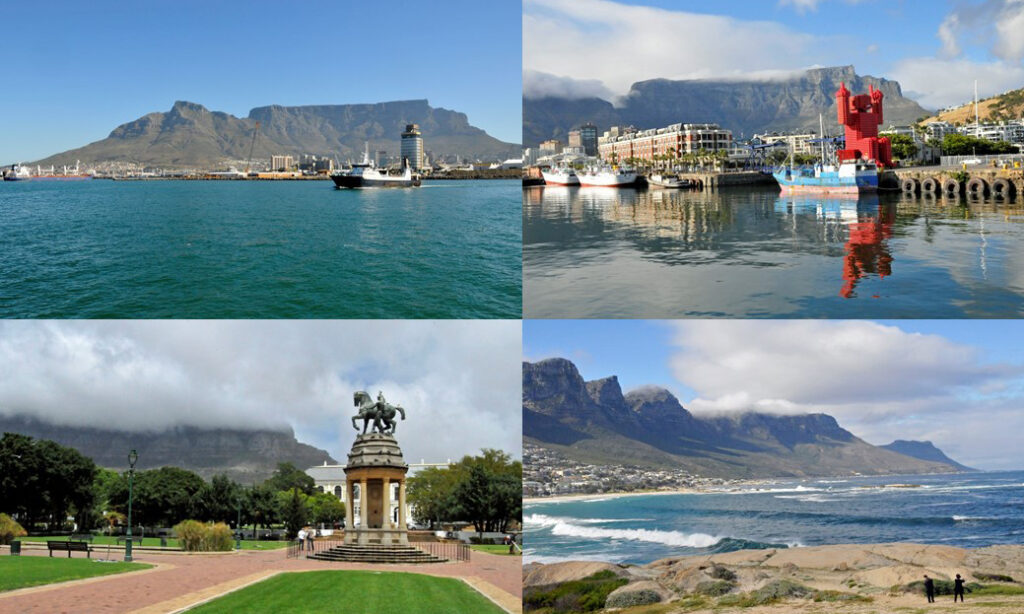In my two most recent columns, we visited Los Cabos, located on the cape of Mexico’s Baja California Peninsula. Today, we will visit Cape Town, South Africa, about 50 miles north of the Cape of Good Hope, which many consider among the world’s most beautiful cities.
In the sixteenth century, European sailors traveling to and from India routinely stopped at Table Bay, named for nearby Table Mountain, a rocky plateau rising about 3500 feet above sea level. The sailors traded with the indigenous people, obtaining food and other provisions in exchange for tobacco and metal. In the seventeenth century, the United East India Trading Company established what became the city of Cape Town in a natural bowl between Table Mountain and Table Bay. In the nineteenth century, Cape Town came under the control of the English, who made it the capital of Cape Colony.
Today, Cape Town is a sophisticated city, with a population of about four million. The Victoria & Alfred Waterfront, named for England’s Queen Victoria and her second-oldest son, is the most-visited area in South Africa. It includes the historic Victoria and Alfred Hotel and a massive sculpture dubbed “Lego Man,” fashioned from 4200 Coca-Cola crates. Table Mountain, visible from throughout Cape Town, is often topped by a cloud layer, called the “table cloth,” that forms when warm air from Table Bay joins cooler air atop the mountain. The backside of the mountain, called the “Back Table,” is visible from picturesque Hout Bay. Each year, millions of visitors go to the top of Table Rock and the Back Table, by cable car or on foot, where they encounter extraordinary biodiversity. It is estimated that the 22 square miles of Table Rock and Back Table include 1500 plant species, a number said to be larger than that found in the entire United Kingdom.

Comments are closed.